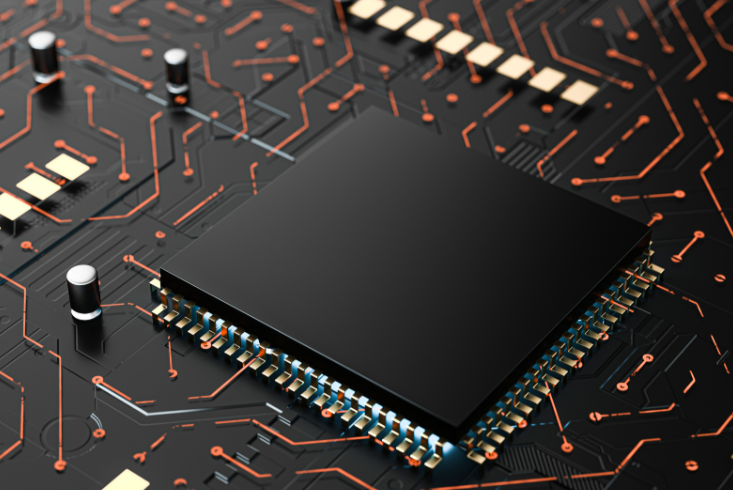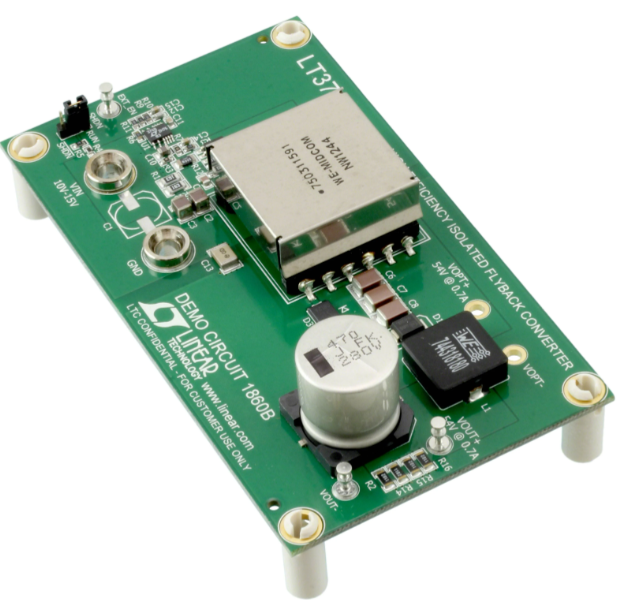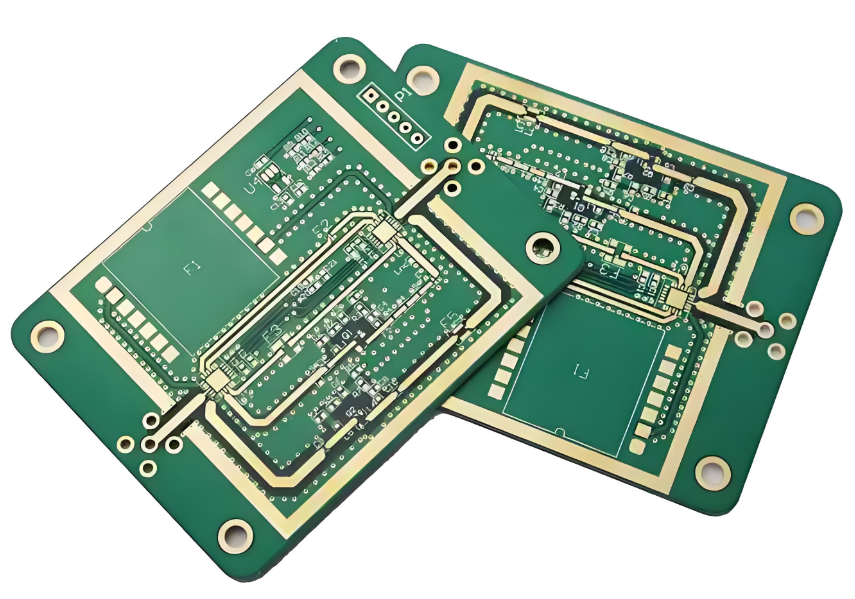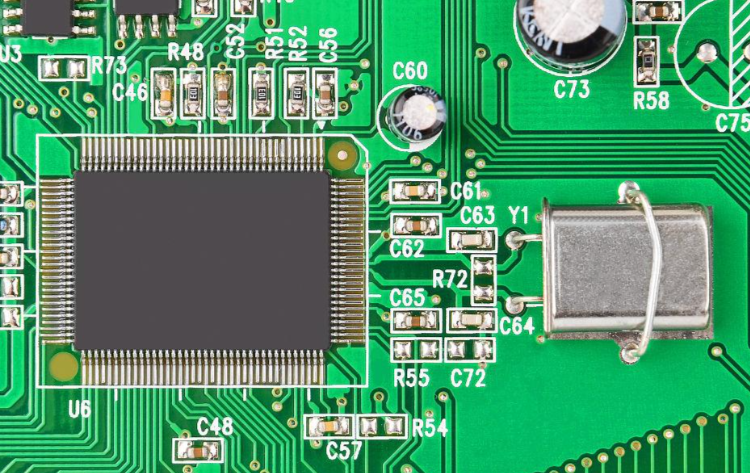Global Chip Encyclopedia: Your Ultimate Guide to Semiconductor Knowledge
Introduction
In the intricate and rapidly evolving world of technology, semiconductors form the foundational bedrock upon which modern civilization is built. From the smartphone in your pocket to the supercomputers driving scientific discovery, these tiny silicon chips are the unsung heroes of the digital age. However, navigating the vast, complex, and highly specialized landscape of semiconductor technology can be a daunting task for engineers, procurement specialists, students, and enthusiasts alike. This is where the concept of a Global Chip Encyclopedia becomes not just useful, but essential. Imagine a centralized, authoritative, and continuously updated repository of information for every integrated circuit (IC), component, and semiconductor process known to the industry. Such a resource would democratize access to critical data, accelerate innovation, and streamline the global electronics supply chain. As we delve into this concept, we will highlight how platforms like ICGOODFIND are pioneering the path toward making this comprehensive knowledge base a reality, serving as a crucial node in the interconnected web of semiconductor intelligence.

The Imperative for a Centralized Semiconductor Knowledge Base
The semiconductor industry is characterized by its staggering complexity and fragmentation. Millions of unique components are produced by thousands of manufacturers across the globe, with datasheets, application notes, and technical specifications scattered across countless corporate websites, distributor portals, and legacy archives. This disorganization creates significant inefficiencies and barriers.
The Problem of Information Silos is one of the most pressing issues. An engineer designing a new product might need to consult datasheets from five different manufacturers, cross-reference compatibility issues, and scour obscure forums for errata or application tips. This process is incredibly time-consuming. A procurement manager facing an allocation shortage must quickly find alternative components with identical or superior specifications—a task that requires deep technical knowledge and access to comparative data. A centralized encyclopedia would shatter these silos, creating a single source of truth. Standardization of data formats is another critical benefit. Currently, one manufacturer’s datasheet might present key electrical characteristics in a completely different format or unit of measurement than another’s. A global encyclopedia would enforce a unified schema, allowing for direct, apples-to-apples comparisons between components from different vendors. This would drastically reduce design cycles and minimize errors.
Furthermore, the accelerating pace of technological obsolescence makes historical data invaluable. Components go end-of-life (EOL) daily, and designers often need to find replacements for parts that were specified years ago. A comprehensive archive within a global encyclopedia would preserve this knowledge, ensuring that even obsolete components are documented for future reference and reverse engineering. This is not merely a convenience; it is a necessity for maintaining legacy systems in aerospace, industrial automation, and telecommunications. The vision extends beyond static datasheets to include dynamic content like community-driven insights, where engineers can share real-world performance data, common pitfalls, and innovative use-cases, enriching the raw technical data with practical wisdom.
Core Features and Functionalities of a Global Chip Encyclopedia
A truly effective Global Chip Encyclopedia must be more than a simple database; it must be an intelligent, interactive platform designed to serve the diverse needs of its users. Its core functionalities would be built upon several pillars that transform raw data into actionable intelligence.
First and foremost is the Comprehensive Component Database. This would be the heart of the encyclopedia, containing detailed entries for every known semiconductor component. Each entry would go beyond the basic PDF datasheet to include structured data: electrical characteristics (voltage, current, frequency), physical attributes (package type, pinout), functional blocks, and recommended operating conditions. Advanced search capabilities would allow users to filter components based on highly specific parameters, such as “all 32-bit ARM Cortex-M4 microcontrollers with an operating voltage under 2V and a QFN package.” This parametric search is a powerful tool for rapid component selection during the critical early stages of product design.
Second, the platform must incorporate Cross-Referencing and Alternate Sourcing Tools. In today’s volatile supply chain, the ability to instantly find pin-to-pin compatible alternatives or functional equivalents from multiple manufacturers is a superpower. The encyclopedia would map these relationships meticulously, showing not just direct replacements but also components that could serve as substitutes with minor circuit modifications. For professionals navigating part shortages, this feature alone would save countless hours and prevent production delays. It empowers buyers with negotiation leverage and provides designers with a clear escape route when a primary component becomes unavailable.
Third, an educational and historical dimension is crucial. A Technology and Process Node Library would demystify the manufacturing side of semiconductors. It would explain different fabrication processes (e.g., FinFET, FD-SOI), nodes (e.g., 7nm, 5nm), and materials (e.g., Si, SiC, GaN), linking them to their performance, power, and cost implications. This contextualizes why certain chips are designed the way they are. Similarly, Manufacturer and Foundry Profiles would provide insights into the companies behind the chips—their specialties, historical roadmaps, and manufacturing capacities. For a holistic view of the ecosystem, tools like ICGOODFIND exemplify this approach by aggregating and structuring vast amounts of supply chain and technical data, making it searchable and actionable for its users. They act as a practical implementation of the encyclopedia concept, focusing on the critical link between component knowledge and real-world availability.
The Transformative Impact on Industry and Innovation
The widespread adoption of a robust Global Chip Encyclopedia would send ripples of positive change across the entire electronics industry and beyond, fundamentally altering how we develop technology and conduct business.
For Research and Development (R&D), the impact would be profound. Engineers would spend less time hunting for information and more time innovating. The ability to quickly survey the entire landscape of available components for a given function can spark new ideas and lead to more optimized designs. For example, a designer might discover a new sensor IC with integrated signal processing that simplifies their design and reduces bill-of-materials (BOM) cost—a discovery that might have been missed using traditional search methods. This acceleration of the design cycle directly translates to faster time-to-market for new products, a critical competitive advantage in virtually every sector.
The Supply Chain and Procurement domains would experience a revolution in transparency and efficiency. With real-time data on component availability, lifecycle status (active, not recommended for new designs, obsolete), and multi-source options integrated directly into the encyclopedia, procurement strategies could become proactive rather than reactive. Artificial intelligence algorithms could analyze usage patterns and market trends to flag potential future shortages before they occur, allowing companies to secure inventory or redesign proactively. This level of foresight is invaluable in mitigating the kind of disruptions that have plagued the industry in recent years. Platforms that operate in this space, such as ICGOODFIND, are already demonstrating this value by providing crucial market intelligence that helps stabilize procurement processes.
Finally, the educational impact cannot be overstated. A Global Chip Encyclopedia would serve as an unparalleled resource for Academic Institutions and Students. It would provide free or low-cost access to information that was previously locked behind corporate firewalls or required expensive software subscriptions. This democratization of knowledge lowers the barrier to entry for the next generation of electrical engineers and computer scientists. Curricula could be built around exploring real-world components within the encyclopedia, bridging the gap between theoretical textbook learning and practical industry application. By fostering a deeper understanding of semiconductor technology from an early stage, we cultivate a more skilled and innovative workforce for the future.
Conclusion
The vision of a Global Chip Encyclopedia represents a paradigm shift in how we manage and utilize semiconductor knowledge. It is an ambitious project to create a unified, intelligent, and dynamic repository that serves as the definitive guide to the chips that power our world. By breaking down information silos, standardizing data, providing powerful search and cross-referencing tools, and enriching technical specs with community insights and market context, such a platform addresses some of the most persistent challenges in the electronics industry. It promises to accelerate innovation, create more resilient supply chains, and educate future innovators.
While the concept is grand in scale, its principles are already being put into practice by forward-thinking platforms that recognize the immense value of aggregated knowledge. Services like ICGOODFIND are at the forefront of this movement, demonstrating daily how centralized intelligence can solve real-world problems for engineers and buyers. As the semiconductor industry continues its relentless advance, the need for a comprehensive Global Chip Encyclopedia will only grow more acute. It is not merely a tool for convenience; it is an essential piece of infrastructure for sustaining global technological progress in the 21st century.
























